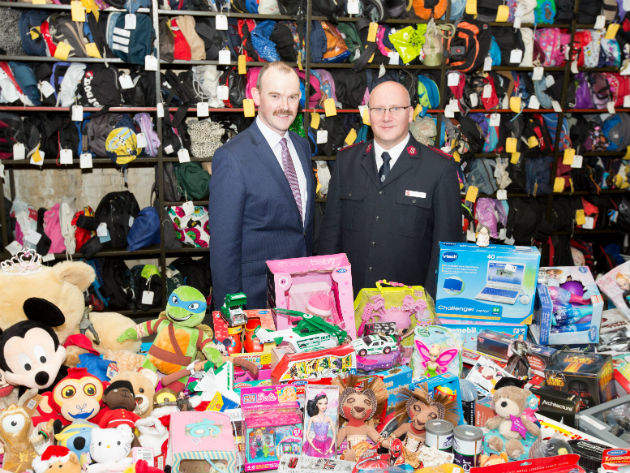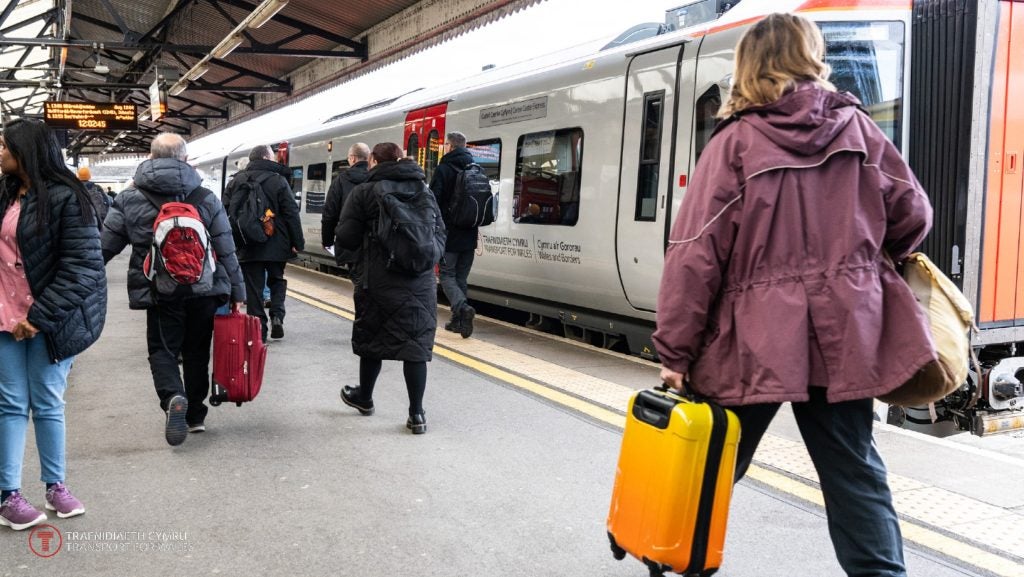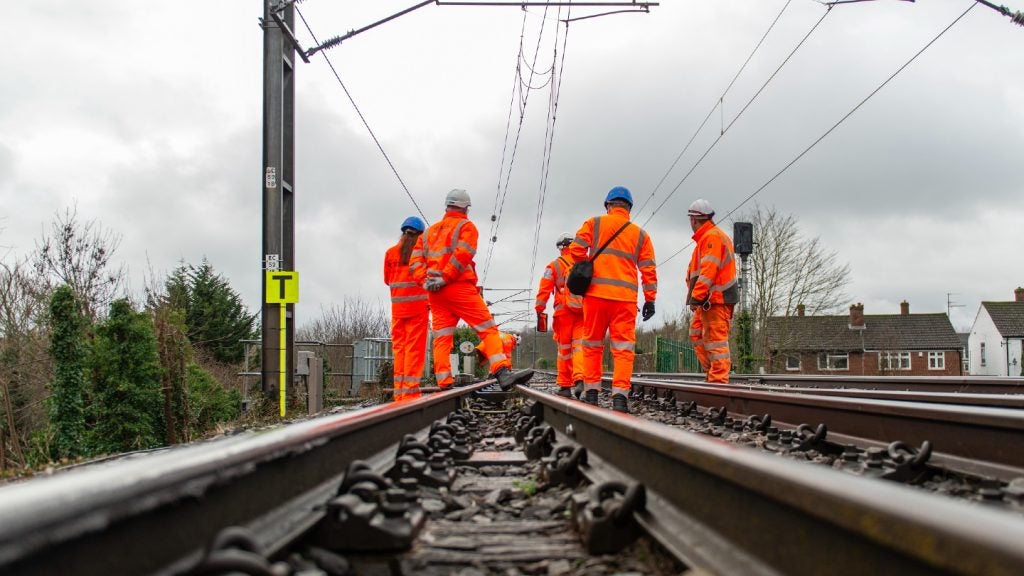
In late May, Arriva Trains Wales, supported by the UK’s Rail Delivery Group (RDG), completed a two-month trial with FindMyLost, a nascent lost property business that puts the internet at the heart of reuniting owners with their belongings.
Speaking in April, Barry Lloyd, head of customer experience at Arriva Trains Wales, outlined the reasons, saying he recognised that “reclaiming lost property can be quite stressful for customers”. Arriva is now gathering performance data from the trial.
As they await the results, FindMyLost CEO and founder Elena Bellacicca explains how the company is now on its way to carving out a niche as the social network of lost property.
The ‘social’ lost and found
"We established the company in February 2016,” explains Bellacicca. “I realised that there was no [online platform] to give people the chance to find an item.” FindMyLost, which requires individual users to register but has business accounts for the likes of Arriva, acts as a social network – the posting of pictures, comments and engagement with others, although the difference being that it might be a picture of a lost handbag with a description, rather than a selfie with an untold number of filters applied.
See Also:
This process works for those who have lost something and those who have found an item, resulting in two-way conversations. A cash reward can also be applied and the service is available online and through an app.
How well do you really know your competitors?
Access the most comprehensive Company Profiles on the market, powered by GlobalData. Save hours of research. Gain competitive edge.

Thank you!
Your download email will arrive shortly
Not ready to buy yet? Download a free sample
We are confident about the unique quality of our Company Profiles. However, we want you to make the most beneficial decision for your business, so we offer a free sample that you can download by submitting the below form
By GlobalDataFrom a business perspective, “[the passenger] clicks on the 'that's mine' option and is put in contact with the relevant customer care people at the company”, says Bellacicca. “You can chat to staff and prove ownership [of the item]. For example, if it's a suitcase you might describe the contents of the suitcase. They have to then accept or reject the return request and you have the choice of going to pick it up or have it delivered.”
On that front, it is really no different from walking into a lost property office and delivering that description in person, except of course that it removes the need to physically travel to wherever the office happens to be. In April, Delphine Merlot, RDG head of innovation and partnerships, termed the current set-up a “real bugbear”, adding: “Losing a personal item is stressful enough without having to go through a complicated process to find it. FindMyLost is simple and can save a lot of time and trouble, a quick and easy ‘self-service’ way for customers to search for and claim what they’ve lost.”
That is the nub of what FindMyLost is doing. It is, after all, the age where smartphone apps emerge for almost everything imaginable. “There have been around 10,000 searches for items in two months,” says Bellacicca. “People can search at any time. We have seen that one of the biggest challenges is people not going back to pick up their items. Some don't have the opportunity to physically go to the lost and found office.”
A growing lost property trend
FindMyLost does have competition. MissingX describes itself as the world’s largest lost and found platform and started life in Bodø, Norway, back in 2001. It works by asking people the basic information, such as the date when the item was lost, the country, and one word that can explain what it is – bag, bike, and so on. It then has an option of searching by airport/airline, train/station, or other location. If the user selects train/station, they are then asked to select the train operator and departure and destination location. It’s the same process for someone who has found lost property.
MissingX works with the likes of Heathrow Airport, Olso Airport, MTR Express, and Great Western Railway (GWR). GWR was approached for comment but failed to respond before deadline. However, quoted on the MissingX website, the company states the software has helped it “transform what had been a real pain point in the customer journey – a part of the experience so often overlooked but critical when needed”.
Over at Transport for London (TfL), the head of the lost property office Paul Cowan works with a bespoke system, which last year had to deal with approximately 321,000 items from across the network. “A passenger might see two or three umbrellas left on a train; well we have 5,000 sitting there. [I’ve had] microwave ovens – you have to ask yourself, who carries that? I've got a 44in LCD TV in the warehouse. We had a parachute and you do question when did someone realise they had left it – hopefully before they've gone up in a plane, obviously.”
As for technology, Cowan is not a “luddite”, but warns against companies taking technology too far, too soon. While some technologies, developed as a “social media-based thing”, could altruistically be “fantastic”, it’s equally important that companies balance their needs and requirements with those of the customer – “technology for technology's sake isn't what we're looking for”.
Lost property is, he explains, “often seen as a specialised, niche activity, with an old, romantic view to it”, but in reality: “It’s really no different to the major retailers today, like Argos, Amazon, or Apple. They've changed from bricks and mortar to an online approach.”
This is where there is progress to be had, Cowan believes. “You go to Amazon and say, ‘have you got X’. They have a look in their inventory and will return an answer, yes or no, or they will notify you when it comes back in stock. If you apply that conceptually, it's no different to lost property. Rather than reinventing the wheel, a holistic approach with established technology solutions may be the way forward for the industry.”
That would be mightily helpful, particularly for those who have difficulty keeping an eye on their new widescreen televisions.







